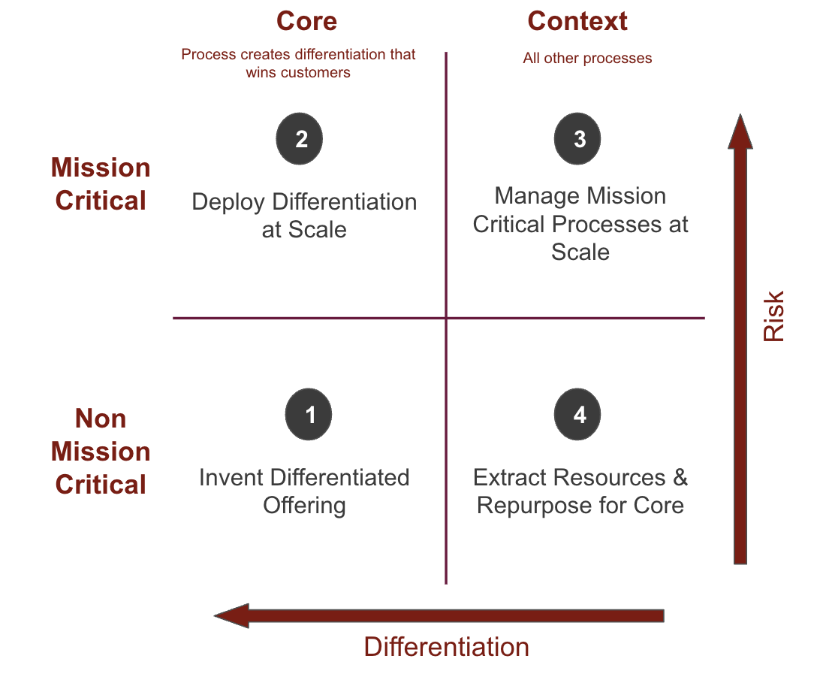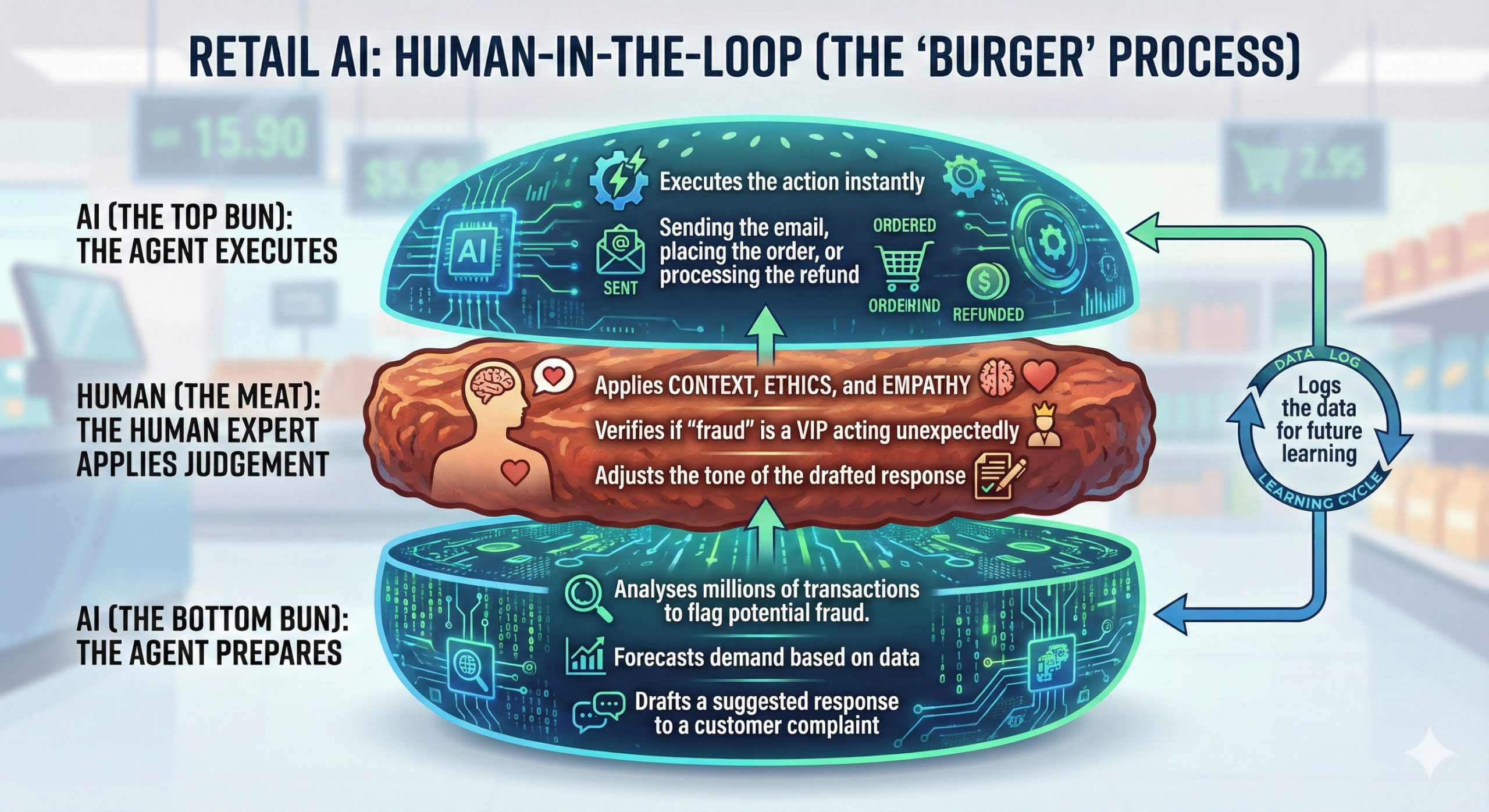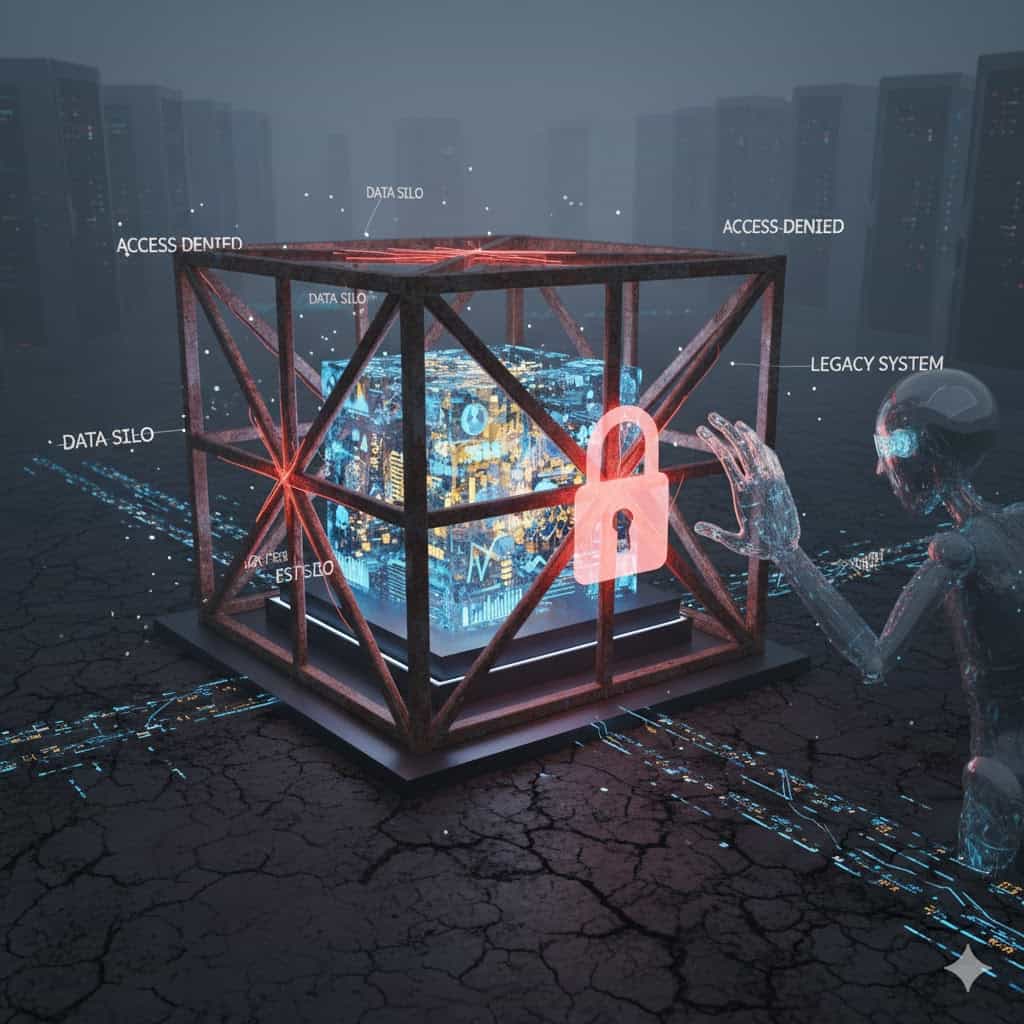With the channel shift to digital accelerating so much more rapidly this year, many retailers have brought forward investments in digital that they would have otherwise been making more gradually over the next 3 years, delivering new capabilities in half the time.
Marc Benioff, Salesforce CEO observed the appetite across all industries by saying, “I’ve been on more sales calls with more CEOs in the last two months than at any time in my career. And there is universal agreement among them. Digital transformation, well, this isn’t a want to have, it’s a must-have.”
Given the increased importance of being digital-first in retail, making a series of well judged technology decisions could separate you from your competition and establish yourself as a market leader. On the flip-side, making a series of poorly judged technology decisions could have a terminal effect on your business. The stakes are that high.
Below, I’m going to give you a framework that you can use to help you make the right decisions for your business. One that no matter how technology illiterates you think you are, you should be comfortable challenging the CDO, CIO, CTOs, engineers, architects and technologists in your business.
Don’t be frAGILE
Given the highly competitive nature of retail right now, agility and speed-to-transform are imperatives. But as with anything, there are trade-offs to make.
Cloud based infrastructure, cloud platforms & cloud applications give retailers a rich set of options on which you can accelerate in a world that demands rapid change just to keep up. A world in which digital plays the central part in orchestrating the retail customer experience.
Within these options is a lot of innovation here backed by the billions of dollars of venture capital and the deep pockets of the established global software vendors. With all these choices available, it is easy to make mistakes about what software should be built and what software should be procured.
There is always a trade-off. Total agility and the theoretical freedom to build whatever you want comes at a cost. The more you build the more you have to maintain and the slower the delivery of benefits will be. It is foolish to build what you could acquire, switch on and get value from in a short time frame and it is doubly foolish to build technology that has largely been commoditised and readily available.
On the opposite end of the spectrum, just relying on packaged software will slow you down to the pace of innovation with the vendors you’ve chosen. This is a place you don’t want to be if that thing you seek to buy is what you consider to be differentiation.
Build vs Buy – What is your Core?
So how do you determine what you should build and what you should buy? The answer I submit is to build for Core and buy for Context.
Core activities are key differentiators — things that your business must do much better than your competitors. Context is all the rest. Core includes both mission critical tasks (your key value proposition) and non-mission critical tasks such as R&D.;
In 2005 when retailer websites were notoriously unreliable under load, many chose to build their own digital platforms. You were differentiated if you could serve your customer reliably on a stable website during peaks. This was Core. Over the past 15 years we’re at a point where more or less everyone can deliver a stable eCommerce experience. This has now become Context – table stakes for all as elastic cloud based eCommerce platforms are now readily available.
Next we moved to mobile channels and these rapidly accelerated to being the dominant shopping channel. In the early days of mobile growth, delivering a mobile optimised website and/or an app was differentiation. What would have been Core in 2010 is now Context.
So what is the world looking for next as retailers go in pursuit of delivering the next unmatchable offer that is irresistible to customers? What you are going to put your Core in service to? With this rapid pace of change in retail, failure to recognise what your Core is and should be keeps you in the bounds of a substitutable competitive set and that is potentially the death zone you don’t want to be in.


